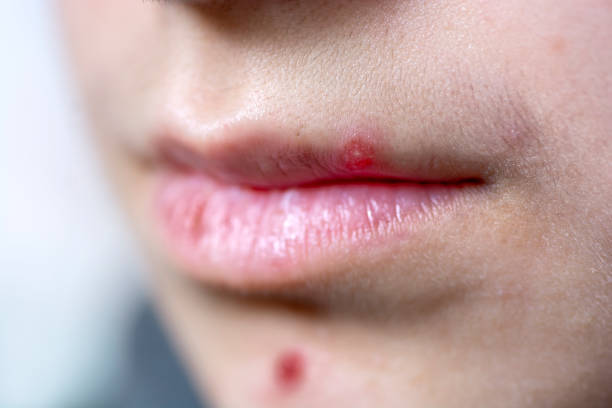Introduction:
Pimples are a common skin condition that can affect various parts of the body, and one of the most inconvenient and noticeable places they can appear is on the lip. These small, red bumps not only cause physical discomfort but can also be a source of embarrassment for those who experience them. In this comprehensive exploration, we will delve into the causes, symptoms, and effective strategies for managing and preventing pimples on the lip.
Understanding Pimples on the Lip:
Pimples on the lip, also known as lip acne or lip pimples, are a type of acne vulgaris that occurs specifically on or around the lips. Like other forms of acne, lip pimples are primarily caused by the overproduction of sebum, an oily substance that helps keep the skin moisturized. When excess sebum combines with dead skin cells and bacteria, it can clog hair follicles and pores, leading to the formation of pimples.
Common Causes:
Several factors contribute to the development of pimples on the lip:
- Hormonal Changes: Fluctuations in hormonal levels, such as those that occur during puberty, menstruation, pregnancy, or menopause, can trigger increased sebum production and, consequently, the formation of pimples.
- Poor Hygiene: Inadequate cleansing of the lip area can allow the accumulation of dirt, oil, and bacteria, leading to pimples. Regular cleansing is essential to prevent breakouts.
- Cosmetic Products: Certain lip balms, lipsticks, or other cosmetic products may contain ingredients that can clog pores or irritate the skin, contributing to the development of pimples.
- Dietary Factors: Consuming a diet high in sugary and greasy foods can exacerbate acne, including lip pimples. Maintaining a balanced diet with plenty of fruits, vegetables, and water is crucial for healthy skin.
Symptoms:
Pimples on the lip can manifest in various ways, including:
- Redness: The affected area often becomes red and inflamed.
- Pain or Discomfort: Pimples on the lip can be painful, especially when touched or during activities like eating.
- Whiteheads or Blackheads: Pimples may present as whiteheads (closed comedones) or blackheads (open comedones), depending on whether the pore is open or closed.
Management and Treatment:
While it’s tempting to pop or squeeze a pimple on the lip, this can lead to infection and scarring and prolong the healing process. Instead, consider the following management and treatment options:
- Topical Treatments: Over-the-counter creams or ointments containing benzoyl peroxide or salicylic acid can help reduce inflammation and promote healing.
- Warm Compress: Applying a warm compress to the affected area can help soothe pain and reduce inflammation.
- Avoiding Irritants: Identify and prevent lip products or foods that may be contributing to the issue. Opt for non-comedogenic lip balms and hypoallergenic lip products.
- Maintaining Good Hygiene: Wash your face regularly, and ensure you cleanse your lips gently to remove any accumulated debris.
Prevention:
To prevent the recurrence of pimples on the lip, consider the following preventive measures:
- Hygiene Practices: Maintain good hygiene by regularly cleansing your face and lips with a mild cleanser.
- Balanced Diet: Adopt a balanced diet rich in vitamins, minerals, and antioxidants to support overall skin health.
- Avoid Touching: Refrain from touching or picking at your lips, as this can introduce bacteria and exacerbate the issue.
- Stay Hydrated: Drink an adequate amount of water to keep your skin hydrated and help flush out toxins.
Conclusion:
Pimples on the lip may be a common skin concern, but understanding their causes and implementing effective management and prevention strategies can help alleviate the discomfort and minimize their occurrence. By adopting a holistic approach to skincare and making lifestyle adjustments, individuals can achieve clearer, healthier lips and boost their overall confidence.

